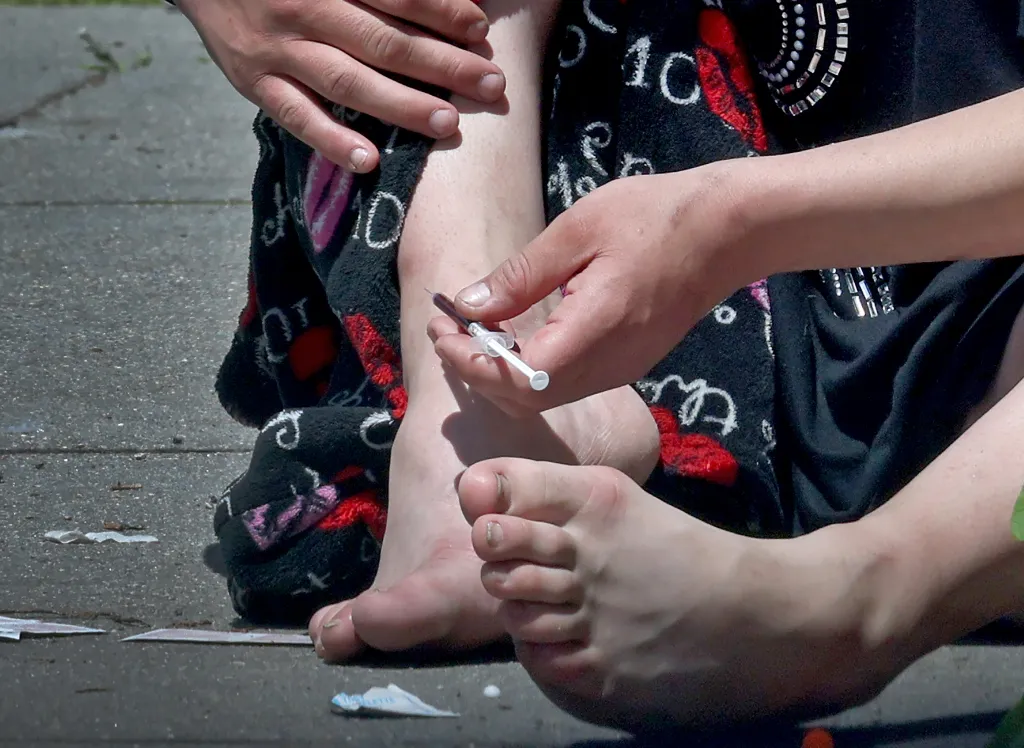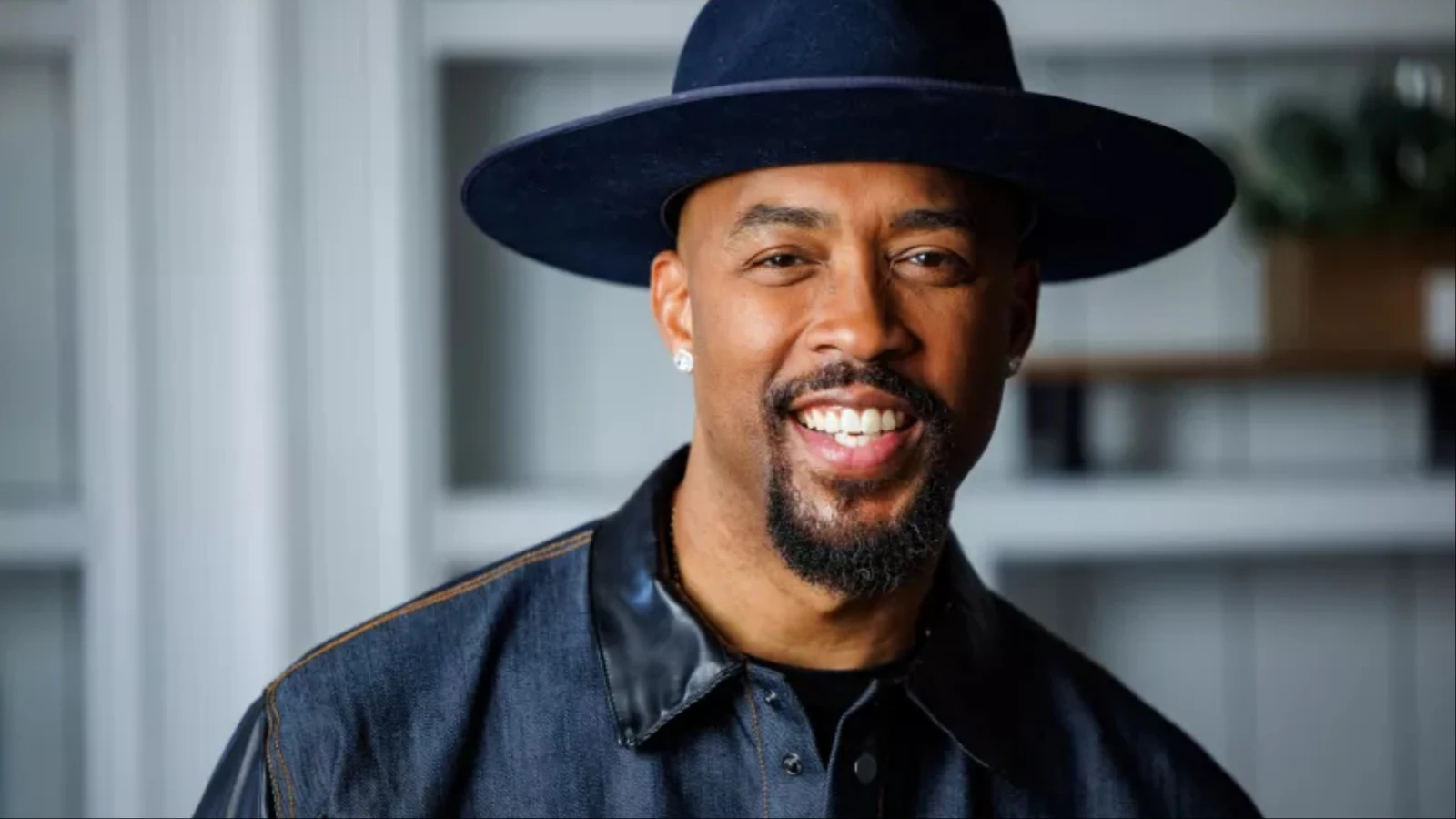
There’s a renewed push to legalize overdose prevention centers on Beacon Hill, with advocates touting supervised drug use as harm prevention.
That depends on how one defines harm.
At these centers, trained health care workers would supervise individuals who use pre-obtained illicit drugs — and they could intervene and prevent fatal overdoses.
Yes, addicts could avoid overdosing and live another day — another day in which they’d steal or prostitute themselves to buy drugs, another day in which opioids could further damage their mind and body, and another day to stumble through the degradation of a life ruled by drugs.
The real winners? Drug dealers and traffickers. Their clientele may have access to rehabilitative services through these centers, but that cry for help may not come for a long time. Meanwhile, they are willing customers for those “pre-obtained” drugs.
In these progressive parts, the law is to be followed except if you don’t like it. Therefore, these proposals would provide legal protections for workers, drug users accessing the facilities, government officials and other stakeholders. Because the drugs being injected are, of course, illegal.
Rep. Mindy Domb, co-chair of the Joint Committee on Mental Health, Substance Use and Recovery, said Massachusetts last year recorded fewer than 2,000 fatal overdoses, breaking a grim years-long trend.
Yes, naloxone is an amazing thing, and distribution of Narcan has saved many lives from overdoses. But making drug addiction safer with the added net of Narcan is like putting a bandage on a deep wound.
One can’t fight the opioid crisis by prolonging addiction. Keeping up the demand for drugs fuels the supply and the crime that comes with trafficking. And the drug market only gets worse.
Nitazenes have entered the chat.
Last year, a state-funded drug checking program in Massachusetts has found opioids up to 25 times stronger than fentanyl, according to WBUR. In a bulletin, public health officials say the number of drug samples testing positive for nitazenes is small — but growing quickly.
“The more that we crack down on things like fentanyl and heroin, that’s going to lead to the rise of other things that are infiltrating the drug supply,” said Sarah Mackin, director of harm reduction at the Boston Public Health Commission.
“Nitazenes is just the newest thing to come through,” after xylazine, the animal tranquilizer found in 9% of overdose deaths in 2023.
However, an investigation of records from hospital emergency departments published by the JAMA Network found it often takes more doses of naloxone to reverse an overdose when nitazene is involved than it would take to reverse a fentanyl overdose. Further study is needed.
Keeping the drug cycle going, however “safely,” isn’t a step in the right direction, it’s just another foot forward on the addiction treadmill.
We need addiction reduction, stat. We need to fund programs such as Boston Medical Center’s Faster Paths to Treatment, its substance use disorder urgent care program. And we need more of them.
True harm reduction comes from helping addicts get clean so they can live full, productive lives.



